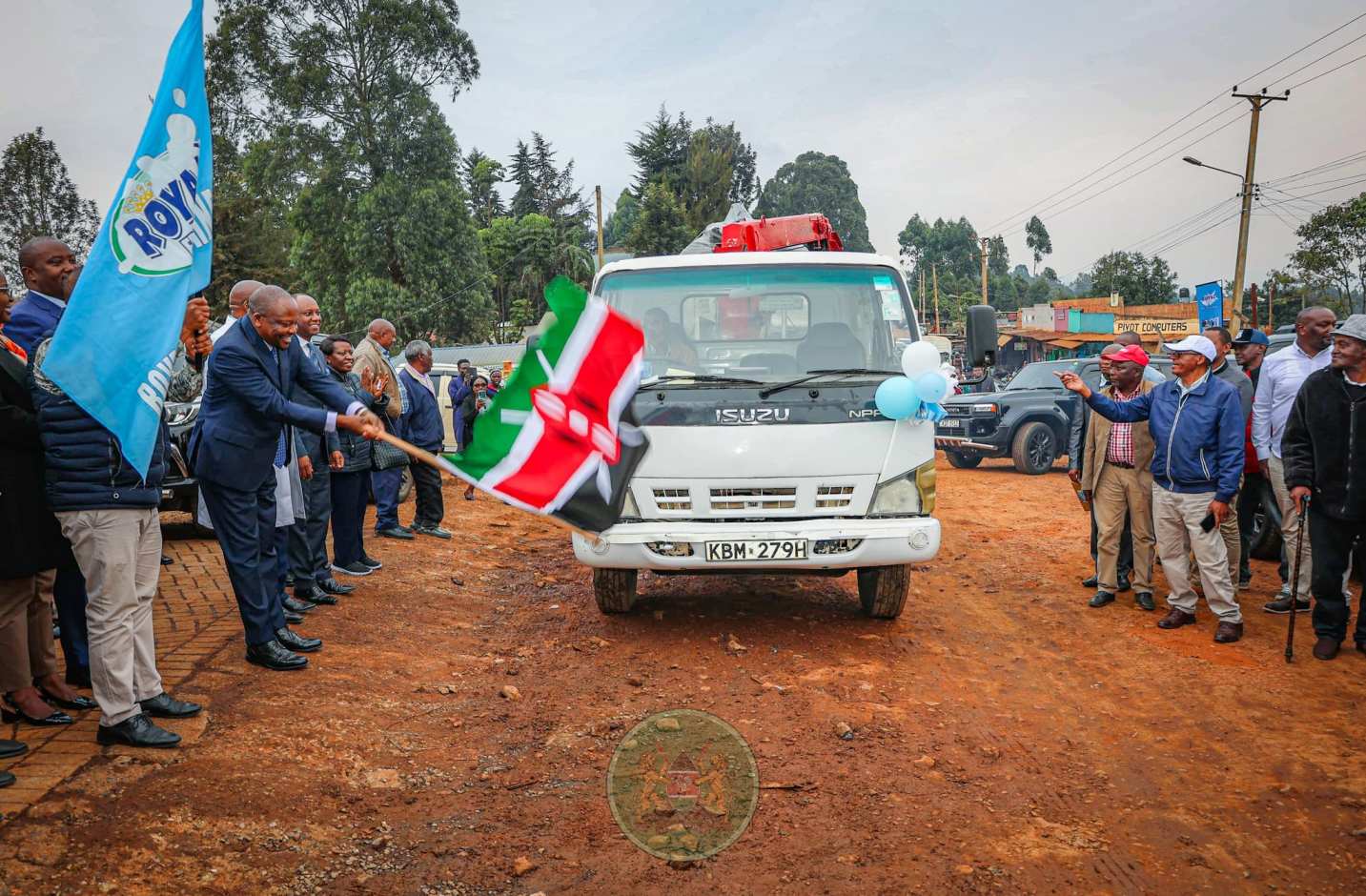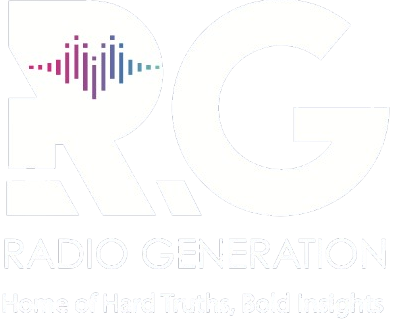State targets Sh7.9bn milk losses in new dairy project

The distribution of the coolers is part of a Sh1.45 billion project launched last month in Meru by President William Ruto.
The government has stepped up efforts to reduce post-harvest milk losses by rolling out the installation of bulk milk coolers in counties across the country, in a move expected to transform the dairy value chain and improve the incomes of small-scale farmers.
Speaking during the flag-off of the latest batch of coolers in Nyeri, Agriculture and Livestock Development Cabinet Secretary Mutahi Kagwe said the initiative would ensure more milk is preserved, processed, and sold, preventing unnecessary waste and boosting national production.
The distribution of the coolers is part of a Sh1.45 billion project launched last month in Meru by President William Ruto.
So far, 23 coolers have been dispatched, 15 in the first phase and 8 more delivered on Thursday—to various farmer cooperatives under the Livestock Value Chain Support Project. A total of 230 coolers will be installed across 40 counties.
“The supply of these milk coolers will not only boost storage but also improve milk quality, marketability, and ultimately farmer incomes, which is our primary goal,” Kagwe said.
The government is targeting a sharp reduction in post-harvest milk losses, which currently stand at 6% of marketed milk, an estimated 175 million litres each year worth over Sh7.9 billion. Most of this loss is attributed to poor handling, lack of cooling infrastructure, and long distances to processing centres.
Kagwe said the coolers will increase the country’s chilling capacity by 475,000 litres per day, allowing farmers to store milk safely and avoid spoilage. The plan also includes working with both public and private milk processors to ensure that all milk collected is processed and supplied to both local and export markets.
“We must adopt practical and viable interventions to transform the dairy sector. We must synergize our efforts to increase production and productivity,” Kagwe said.
The CS said the government’s focus is to turn dairy farming into a commercially viable venture by addressing the challenges farmers face at every stage of the value chain.
This includes improving breeding through access to quality sexed semen, scaling up feed production, and conducting mass vaccination drives to tackle disease outbreaks.
To lower the cost of feeds, Kagwe announced that the government will lease out available arable public land for large-scale production of pasture, sunflower, and other raw materials for animal feeds.
“The cost of production must come down if we want to make dairy farming profitable. Leasing land for fodder and feed ingredients is one of the steps we are taking to support farmers,” he said.
The dairy industry currently contributes 4% to the GDP and supports over 2 million Kenyans directly and indirectly. Of the 5.3 billion litres of milk produced in 2024, 80% came from smallholder farmers. Under the Bottom-up Economic Transformation Agenda, the government aims to double milk output to 10 billion litres by 2027, create 500,000 jobs, and start exporting at least 1 billion litres annually.
